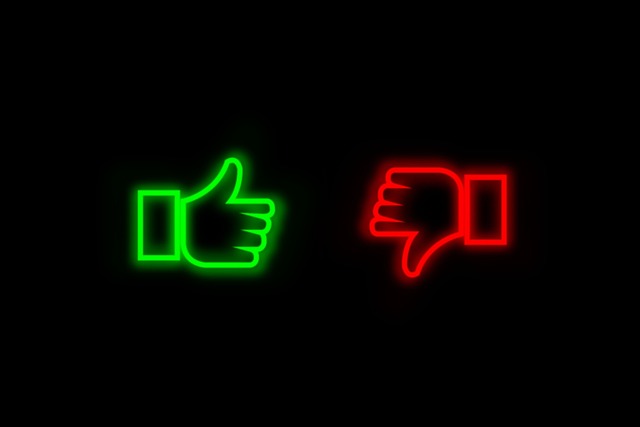Duality refers to the concept of two opposing aspects, while polarity involves the presence of opposite charges or qualities.
TL;DR Duality Vs. Polarity
Duality refers to the coexistence or interplay between two contrasting elements or aspects. It recognizes that these elements are interconnected and cannot exist without one another.
Polarity focuses on the existence of opposite poles or extremes within a single continuum. It highlights how different forces can attract or repel each other based on their inherent characteristics.
What is duality?

Duality is a fundamental concept that permeates various aspects of our existence. At its core, duality refers to the idea of opposing forces or qualities coexisting in harmony or conflict. It encompasses the recognition and acceptance of contrasting elements within a whole.
In philosophy and spirituality
In philosophy and spirituality, duality often represents the interplay between good and evil, light and dark, yin and yang. It highlights the interconnectedness of these seemingly contradictory forces, emphasizing their complementarity rather than viewing them as separate entities at odds with each other.
In psychology
In psychology, duality can be observed in concepts such as introversion versus extroversion or conscious versus unconscious mind. These dichotomies help us understand human behavior by recognizing that individuals possess varying degrees of both traits.
What is polarity?
Polarity refers to the presence of two opposing or contrasting elements, forces, or qualities. It is a concept that can be found in various aspects of life, including physics, psychology, and philosophy.
In physics
In physics, polarity refers to the distribution of electric charge within a molecule or object. For example, a magnet has two poles – a north pole and a south pole – which exhibit opposite magnetic forces.
This principle is also seen in electrical systems where positive and negative charges create an electrical potential difference.
In psychology
In psychology, polarity can be understood as the existence of opposite traits or characteristics within individuals.
Carl Jung introduced the concept of psychological types with his theory of personality archetypes. He suggested that people have different preferences for perceiving information (sensing vs intuition) and making decisions (thinking vs feeling), creating polarities within their personalities.
In Philosophy
Philosophically speaking, polarity often represents the interplay between opposites such as good and evil, light and darkness, or yin and yang in Eastern philosophy. These opposing forces are believed to be interconnected and reliant on each other for balance.
Duality Vs. Polarity – Key differences
| Aspect | Duality | Polarity |
|---|---|---|
| Definition | Existence of two contrasting or opposing aspects. | Presence of opposite charges, poles, or qualities. |
| Nature | Conceptual or philosophical contrast. | Often refers to physical or electrical phenomena. |
| Examples | Good and evil, light and dark (philosophical). | Positive and negative charges (electrical). |
| Application | Explored in various fields, including philosophy and spirituality. | Applied in physics, chemistry, electronics, and more. |
| Context | Broad concept applicable to diverse subjects. | Specific to situations involving opposing attributes. |
| Interaction | Emphasizes coexistence or interdependence of opposing elements. | Focuses on the attraction or repulsion of opposing attributes. |
Image Credits
Featured Image By – Fathromi Ramdlon from Pixabay
Image 1 By – Tumisu from Pixabay
Image 2 By –









